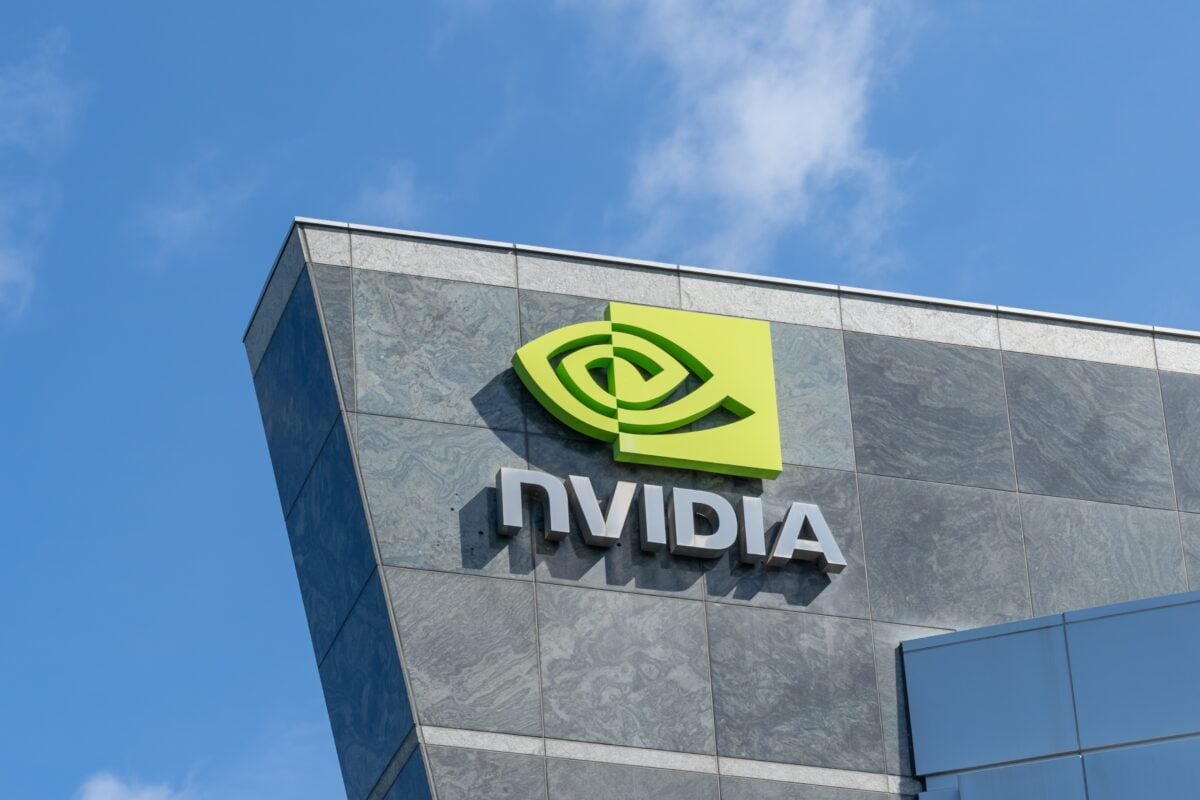TLDRs:
Contents
- Nvidia and Microsoft are racing to hit a $4 trillion valuation, fueled by explosive AI growth
- Nvidia’s hardware-driven surge has outpaced historic valuation growth in tech
- Microsoft leverages OpenAI and Azure to monetize downstream AI demand
- Geopolitical risks and chip export limits may slow Nvidia’s momentum.
The explosive rise of Nvidia has rewritten the rulebook on tech valuations. From a modest $360 billion market cap in 2022, the AI chipmaker has grown tenfold in just over two years.
As of this week, Nvidia’s valuation sits near $3.77 trillion after its shares hit an all-time high of $154.31. The jump, driven by increasing global demand for AI infrastructure, briefly made Nvidia the world’s most valuable public company, ahead of longtime heavyweight Microsoft.
Unlike previous tech valuation races led by consumer electronics or software firms, Nvidia’s momentum stems from its domination of AI hardware. Its GPUs power nearly all large-scale AI model training, making the company the backbone of this decade’s most transformative technology trend.
Microsoft Eyes Cloud Dominance in the AI Era
Microsoft is not sitting idle in this race. With a valuation just shy of $3.9 trillion, the company is leveraging its Azure cloud ecosystem and strategic partnership with OpenAI to capitalize on the next wave of AI deployment. Rather than supplying the raw computing power like Nvidia, Microsoft captures value by integrating AI tools directly into enterprise software and cloud infrastructure.
Estimates suggest that for every $100 spent on Azure services, businesses now spend an additional $50 on AI features baked into the ecosystem. This layered approach allows Microsoft to monetize AI adoption at the software level, making its growth more stable and deeply embedded across industries.
Two Models, One Goal
The competition between Microsoft and Nvidia highlights a broader shift in how markets view AI value creation. Nvidia owns the foundational layer, supplying the chips that fuel AI. Microsoft dominates the application layer, embedding intelligence into workflows.
The market is rewarding both approaches nearly equally, signaling investor belief that infrastructure and integration are both indispensable in the AI age. Their strategies may differ, but the financial outcome, nearing the $4 trillion mark is increasingly convergent.
Geopolitical Headwinds Cast Shadow on Nvidia
As the race intensifies, external risks may determine who reaches the milestone first. Nvidia, whose chips are heavily reliant on global demand, faces mounting geopolitical friction. Roughly a quarter of its data center revenue comes from China, exposing it to risks from tightening U.S. export restrictions. A policy shift could instantly shave billions off its valuation.
Microsoft, while not immune to global regulatory challenges, operates with less dependence on hardware exports. Its cloud and software model offers some insulation from trade restrictions, though intellectual property and digital sovereignty concerns still present hurdles in regions like China.
In a race that reflects the AI era’s shifting power dynamics, Nvidia and Microsoft are not just battling for bragging rights. They are defining what trillion-dollar value creation looks like in a world increasingly shaped by machine intelligence. As both firms close in on the $4 trillion finish line, the outcome may depend as much on market forces as on geopolitics and innovation strategy.


